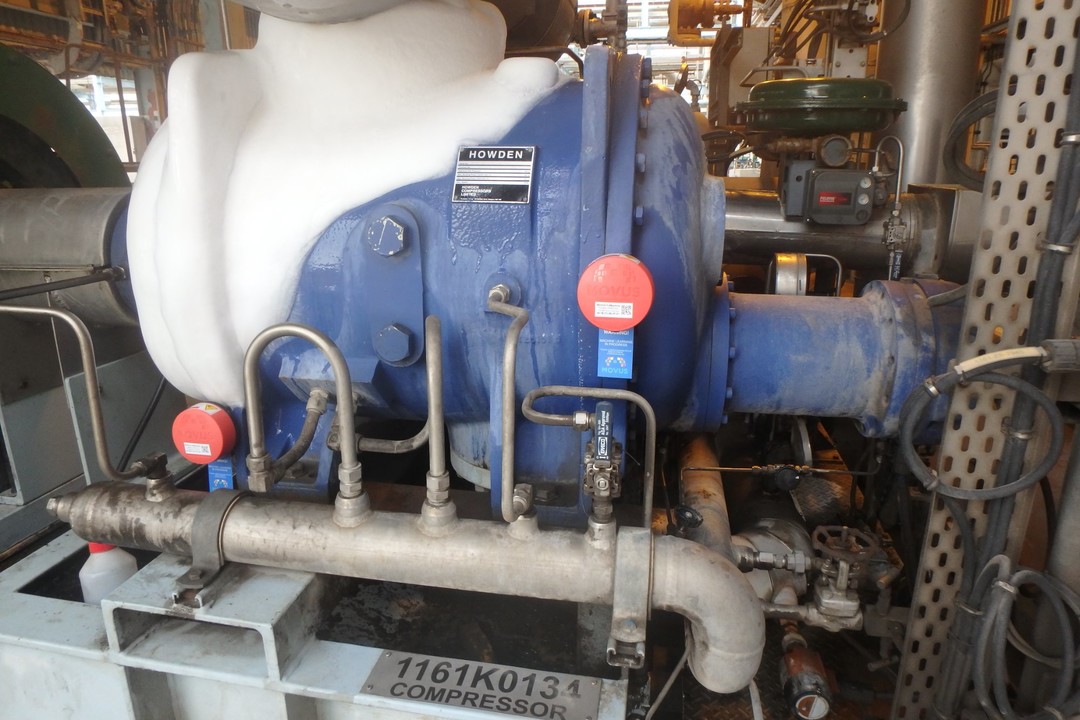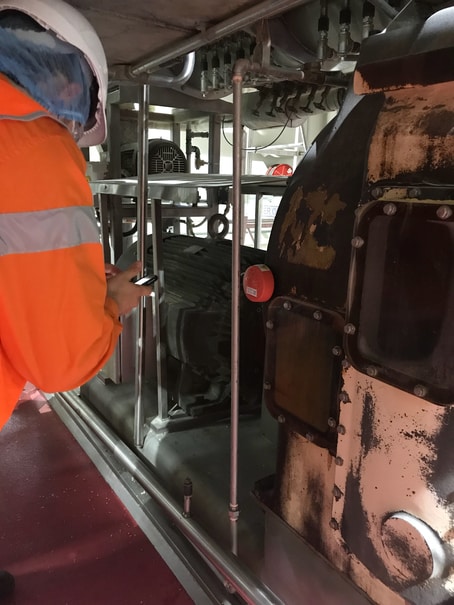The Role of IoT/Digital in Transformation for Heavy Industry

Earlier this year Accenture released a research report that identified a number of trends that were predicted to impact/drive transformation in the Industrial Refining industry (think oil and gas refining).
The #1 trend related to the rise of digital technologies and its worth delving into the areas that the industry believes will be impacted so as to understand how important a role IoT will play in this.
Slide 4 (I’ve embedded the SlideShare deck below) shows where those surveyed plan to invest in the coming years so as to improve the efficiency and productivity of their plant portfolios. What’s interesting about this is that digital technologies/capability, whilst listed as a low priority is actually central to whether or not companies will be able to execute on their investments f
“We believe the future leaders will be those who effectively make the shift to digital as a standard way of doing business…In particular, moving from reactive to proactive solutions using big data and analytics.”
If we take that a step further, of the 9 areas nominated for investment to improve efficiency/productivity, IIoT solutions can impact 6 of the 9 right now! This is exciting and I’ll use MOVUS as an example of this potential impact because its an in-market, scalable IIoT solution with significant further potential when integrated into other IoT and Augmented Reality technology. Let me explain what I mean:
-
Transform maintenance and reliability habits
Already we’re seeing our clients transform their approach to maintenance and reliability planning. Its no longer about walking around and ‘inspecting’ every piece of equipment – the digital model gives maintenance team a real-time feed of equipment health so that reliability planning is based on actual health status – not an assumption, not a data point from a week, month, or 6 months ago. You can extend this digital transformation for example by incorporating ERP data so as to extend the digital self-learning network, or using AR to speed physical maintenance work. Transitioning from early adoption to long-term transformation is going to require a lot of thinking of work practice and legacy operating models.
-
Health, safety, and environmental compliance
All of our industrial customers have a strong commitment to worker safety. Any opportunity to reduce the need for workers to go into hazardous areas or have them at risk due to catastrophic failures is something they’re interested in. Building on the move to predictive maintenance is the opportunity to increase worker health and safety. You could go a step further and incorporate IoT into the PPE that workers must wear – capturing biometric data such as movement, heat stress, heart rate… All this can be used to determine the physical health of the worker and whether they need a rest or are fit to complete a complex task. The immediate value here is reduction in time at risk. The medium term value is how to leverage experience with IoT and big data into shoulder operational areas (i.e. biometric data for health monitoring).
-
Production planning and scheduling
Again building on point #1, companies can easily incorporate new smart data feeds into their pre shut-down maintenance planning. By understanding the operational health of a refinery or plant the owners can make better, more informed decisions about how hard to sweat assets, what scheduling work should be bought forward vs what can be delayed. This type of digital planning thought leadership requires the merging of multiple different data sets into a new world of digital operations.
As I noted above, these three points encompass opportunity that can be delivered now and built on into the future.
This article was first published on LinkedIn on 31 October 2017.


